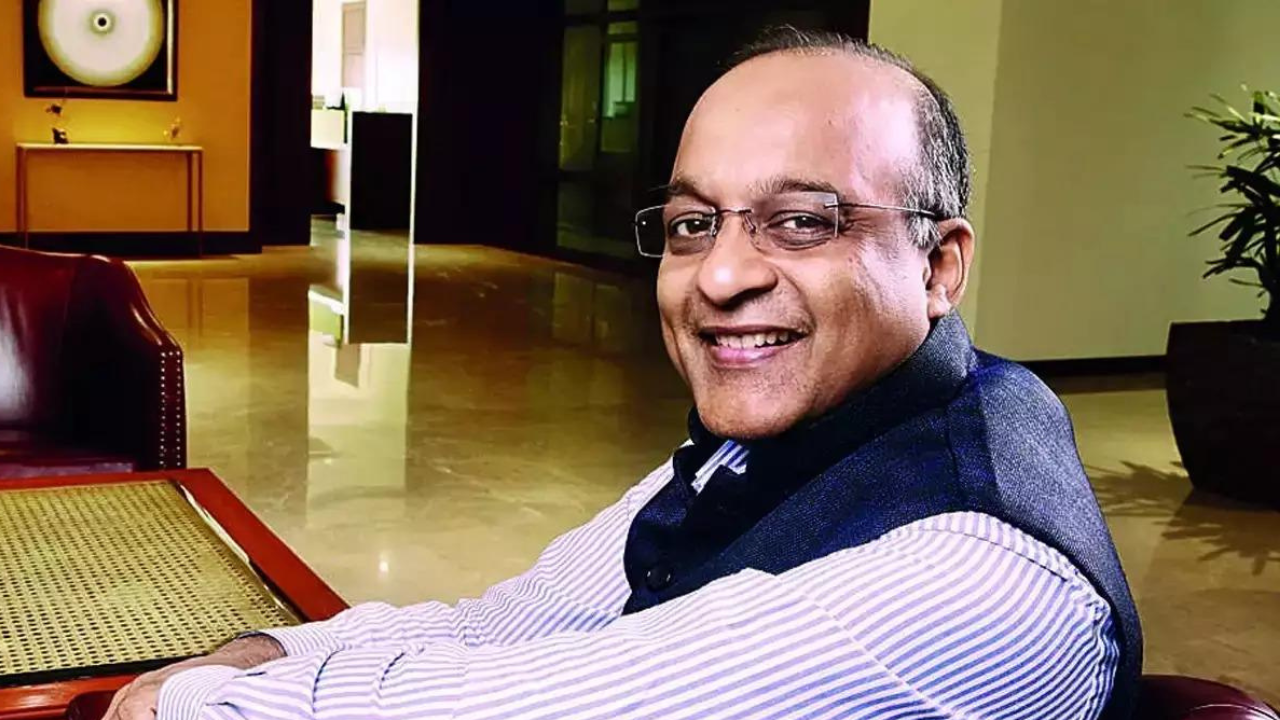[ad_1]
Jagdishan’s colleague Kaizad Bharucha, the deputy managing director of the largest private sector lender, drew Rs 10 crore for the fiscal year and may be the second-highest grossing banker in the country, according to disclosures made in annual reports.
Among the bank CEOs, Axis Bank‘s Amitabh Chaudhry’s Rs 9.75 crore payout was the second biggest and he was closely followed by Sandeep Bakhshi of bigger rival ICICI Bank, who drew Rs 9.60 crore for the fiscal year.
Uday Kotak, who holds over 26 per cent of Kotak Mahindra Bank, continued with his decision to take a token Re 1 as remuneration started in the pandemic, even in FY23.
At a time when the banking sector is grappling with the attrition problem, Kotak Mahindra Bank stood out on the compensation front, reporting a 16.97 per cent increase in the average remuneration to its staffers excluding the managerial talent.
Staffers at ICICI Bank were given an 11 per cent hike, while those at Axis Bank enjoyed an inflation-beating 7.6 per cent average increase. HDFC Bank reported an average pay hike of 2.51 per cent. Interestingly, south-based Federal Bank, which has among the lowest attrition rates in the industry, reported an average pay hike of only 2.67 per cent.
When it comes to the top management remuneration’s comparison with the median remuneration, Jagdishan topped the list, drawing 150 times the average HDFC Bank employee, and was followed by Bakhshi at 119 times and Chaudhry at 101 times the median salary of staffers at Axis Bank.
Jagdishan’s package included a basic salary of Rs 2.82 crore, allowances and perquisites of Rs 3.31 crore, provident fund of Rs 33.92 lakh and a performance bonus of Rs 3.63 crore, its annual report said.
When looked at from a percentage hike perspective, the reported remuneration for Jagdishan grew by 62 per cent over the Rs 6.51 crore in remuneration he had drawn in FY22.
ICICI Bank CEO Bakhshi’s overall remuneration was higher by over 35 per cent, while the same for Chaudhry was nearly 28 per cent higher.
It can be noted that there have been cases where RBI has approved the wage revisions for top management for FY22 after the completion of the year, and the remunerations reported in FY23 may include the arrears of the fiscal year gone. The disclosed hikes in remuneration by banks for its key management personnel may be lower.
[ad_2]
Source link











More Stories
India’S Growth Forecast: S&P ups India’s FY’24 growth forecast to 6.4% on robust domestic momentum
India to remain fastest-growing major economy, but demand uneven: Poll
Jack Ma: Jack Ma gets back into business with ‘Ma’s Kitchen Food’